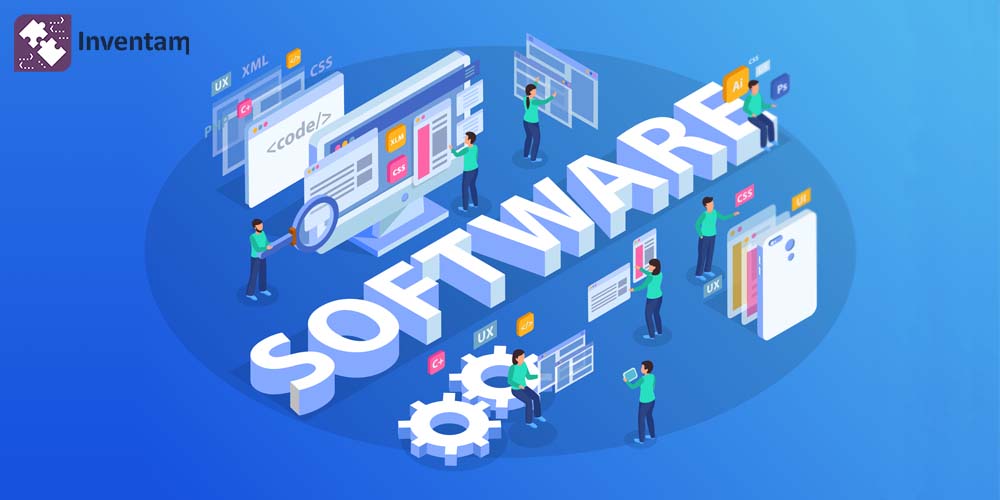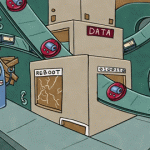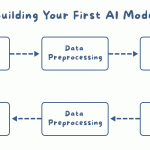User-centric design goes beyond creating aesthetically pleasing interfaces; it’s about deeply understanding the needs, behaviors, and preferences of the end-users. By putting users at the forefront of the design process, custom software becomes more intuitive, enjoyable, and ultimately more successful.
1. Enhancing User Experience (UX):
Why it Matters: A positive user experience is the cornerstone of any successful software application. When users can easily navigate, understand, and accomplish tasks within the software, they are more likely to engage with it consistently.
How to Achieve It:
- Conduct thorough user research to identify pain points and preferences.
- Develop user personas to guide design decisions.
- Prioritize simplicity and clarity in interface design.
- Implement intuitive navigation and user flows.
2. Improving Efficiency and Productivity:
Why it Matters: Software designed with users in mind streamlines workflows and enhances overall efficiency. When users can accomplish tasks with ease, productivity soars, leading to positive outcomes for both end-users and the business.
How to Achieve It:
- Collaborate with end-users throughout the design process.
- Optimize task flows to minimize clicks and user effort.
- Provide clear and actionable feedback during user interactions.
- Incorporate user feedback through iterative design processes.
3. Reducing Training Time and Support Needs:
Why it Matters: Intuitively designed software requires less training for users to become proficient. Additionally, when the user interface is straightforward, the need for ongoing support is reduced.
How to Achieve It:
- Design interfaces that align with users’ mental models.
- Create interactive onboarding experiences.
- Offer in-context help and guidance.
- Implement a feedback loop for continuous improvement.
4. Fostering User Engagement and Satisfaction:
Why it Matters: Engaged and satisfied users are more likely to continue using the software and recommend it to others. Positive user experiences contribute to long-term success and user loyalty.
How to Achieve It:
- Incorporate elements of delight in the design.
- Seek user input on features and design elements.
- Implement gamification or interactive elements where appropriate.
- Regularly update and enhance the software based on user feedback.
5. Adapting to Evolving User Needs:
Why it Matters: Users’ needs and preferences evolve over time. A user-centric approach ensures that the software can adapt to these changes, remaining relevant and valuable.
How to Achieve It:
- Implement agile design and development methodologies.
- Gather and analyze user feedback regularly.
- Plan for scalability and future feature enhancements.
- Stay informed about industry trends and user expectations.
In the world of custom software design, the user should always be the North Star. Inventam Tech Solution (OPC) Pvt. Ltd. believes in the transformative power of user-centric design to create digital experiences that resonate with users and drive success for businesses.
If you’re embarking on a custom software development project or looking to enhance the user experience of your existing applications, let’s connect.













